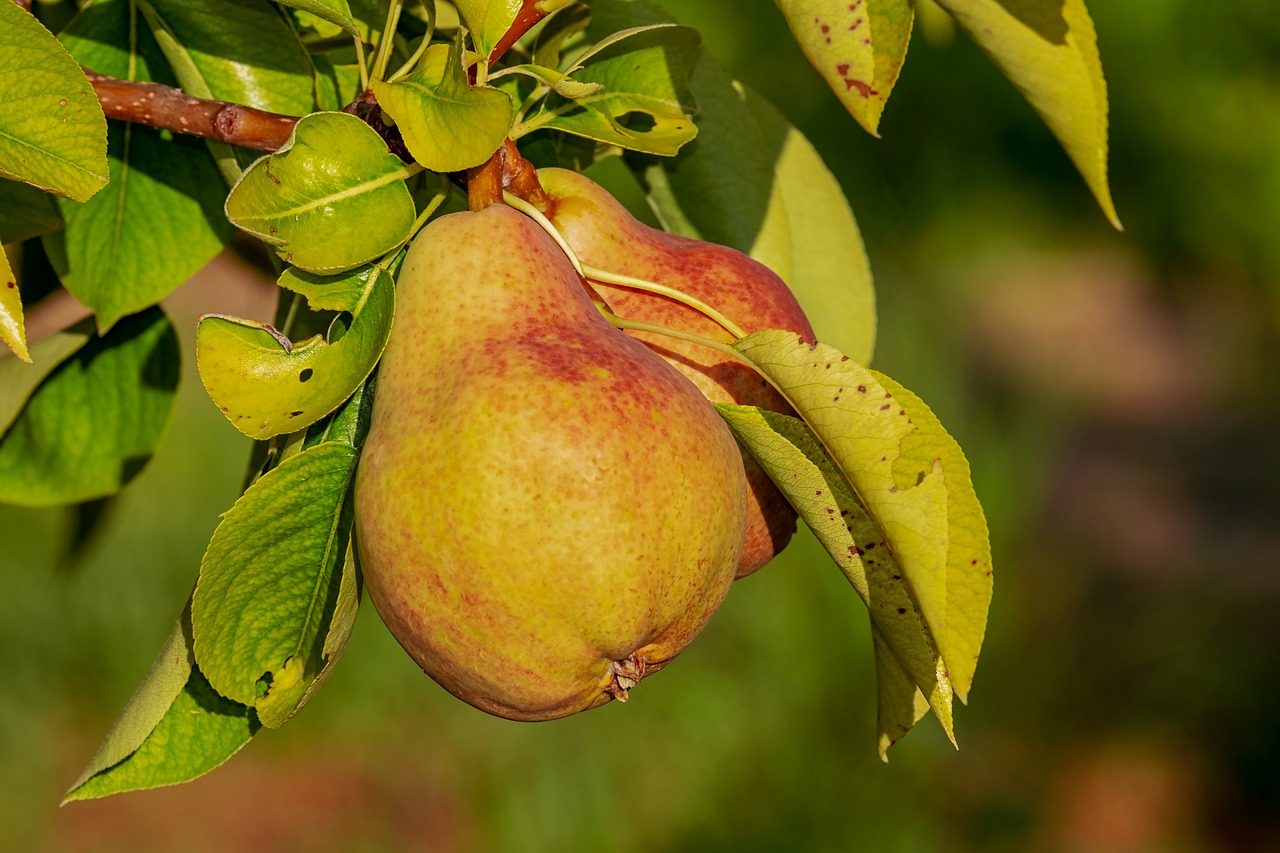“`html
In recent years, the gluten-free diet has gained considerable popularity, especially among those with celiac disease and gluten sensitivity. But it’s not just limited to individuals with medical conditions; many people are embracing gluten-free eating for a variety of health reasons. This blog post delves into the gluten-free diet, exploring its benefits, challenges, and practical tips for a successful transition.
What is a Gluten-Free Diet?
A gluten-free diet involves avoiding foods that contain gluten, a protein found in wheat, barley, and rye. Implementing this diet is essential for individuals with celiac disease, an autoimmune disorder where gluten consumption triggers inflammation and damage in the small intestine.
Key Components of a Gluten-Free Diet
- Foods to Avoid: Wheat, barley, rye, pasta, bread, certain sauces, and processed foods containing gluten.
- Gluten-Free Alternatives: Rice, quinoa, corn, gluten-free flours (like almond or coconut flour), and many fruits and vegetables.
- Label Reading: Understanding food labels is crucial. Look for certified gluten-free products to ensure safety.
Benefits of Following a Gluten-Free Diet
Adopting a gluten-free diet can offer a myriad of health benefits, particularly for those who have gluten sensitivities or allergies. Here are some of the main advantages:
Health Improvements
- Reduced Symptoms: Many individuals with gluten sensitivities experience bloating, gas, diarrhea, and fatigue, which can decrease significantly when gluten is removed from the diet.
- Improved Digestive Health: A gluten-free diet can lead to better gut health for those sensitive to gluten.
- Enhanced Nutrient Intake: By focusing on whole foods and gluten-free grains, many individuals find they consume more vitamins and minerals.
Common Challenges of a Gluten-Free Diet
While a gluten-free diet has its perks, there are also challenges that one must navigate:
Accessibility and Availability
- Limited Options: Not all restaurants or stores offer gluten-free options, which can make dining out or grocery shopping difficult.
- Cross-Contamination: There’s a risk of gluten exposure through food prepared in shared spaces.
Nutritional Considerations
- Deficiency Risks: Some gluten-free products can be low in essential nutrients such as fiber, iron, and B vitamins.
- Binge on Processed Foods: Many people may rely heavily on gluten-free processed foods, which might be high in sugars and unhealthy fats.
Practical Tips for Transitioning to a Gluten-Free Diet
Switching to a gluten-free diet doesn’t have to be overwhelming. Here are some actionable steps to make the process easier:
Start with Whole Foods
- Focus on Fresh Produce: Fill your plate with fruits, vegetables, and lean proteins.
- Explore Gluten-Free Grains: Quinoa, rice, and buckwheat are great alternatives to wheat-based products.
- Learn to Cook: Try cooking meals from scratch to ensure that they are gluten-free.
Educate Yourself
Knowledge is power when it comes to dining out or shopping:
- Research restaurants that offer gluten-free menus.
- Join online forums or support groups to share experiences and tips.
- Consult with a nutritionist specialized in gluten-free diets for personalized advice.
Conclusion
The gluten-free diet can significantly improve the quality of life for those suffering from celiac disease or gluten sensitivity, while also offering potential health benefits for others. By understanding what to eat and what to avoid, you can create a balanced, nutritious gluten-free lifestyle. Remember to educate yourself and seek support as you transition into this dietary approach. Ultimately, a gluten-free diet can be both delicious and satisfying when approached thoughtfully.
“`






